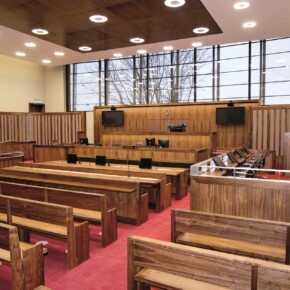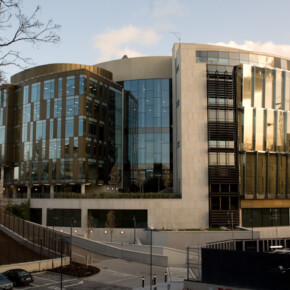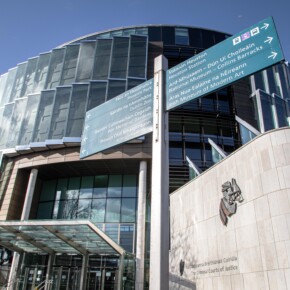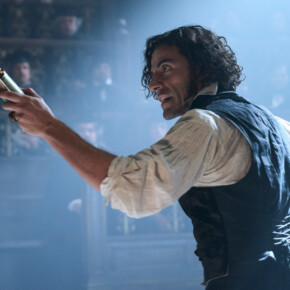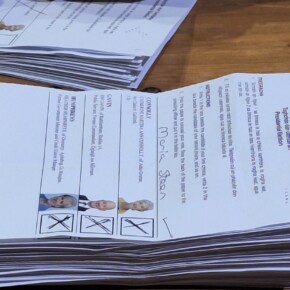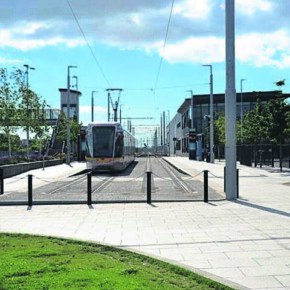The women of 1916
Dublin People 23 Mar 2013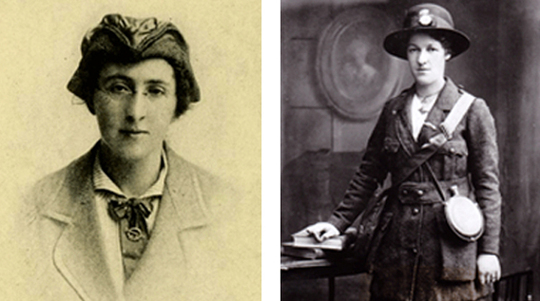
NINETY-SEVEN years ago in Dublin, seven visionaries led a small army of Irish men and women in a revolutionary enterprise.
The battle of Easter 1916 raged for six days and resulted in the destruction of many parts of Dublin city.
Volumes have been written about the men of 1916 but little has been said about the women. One of these was Margaret Skinnider.
Margaret Skinnider was born to Irish parents in Coatbridge, North Lancashire, in 1893. She trained as a mathematics teacher and joined Cumann na mBan in Glasgow.
In 1915 revolutionary nationalist, Countess Constance Markievicz, asked Skinnider to smuggle detonators and bomb-making equipment into Ireland in preparation for the planned Easter Rising in Dublin the following year.
She arrived in the city a week before the rebellion and lodged with Markievicz.
When the Rising broke out on Easter Monday 1916, Skinnider took up her position as a sniper on the roof of the College of Surgeons, on St Stephens’ Green.
She was an excellent markswoman, having learned to shoot in a rifle club, which, ironically, had been set up so that women could help in defence of the British Empire.
“It was dark there, full of smoke and the din of firing, but it was good to be in action . . . more than once I saw the man I aimed at fall,
? she recalled later.
On Wednesday April 26 she was shot three times when attempting to burn down houses in Harcourt Street.
“They laid me on a large table and cut away the coat of my fine, new uniform. I cried over that. Then they found I had been shot in three places, my right side under my arm, my right arm, and in the back of my right side.
“They had to probe several times to get the bullets, and all the while Madam held my hand. But the probing did not hurt as much as she expected it would. My disappointment at not being able to bomb the Shelbourne Hotel was what made me unhappy.
?
Skinnider was brought to St Vincent’s Hospital where she was arrested and held in the Bridewell Police Station.
She was interrogated until a surgeon from the hospital contacted the British authorities in Dublin Castle and said she was unfit for imprisonment.
She spent many weeks in hospital, and on her release, managed to obtain a permit to travel back to Scotland.
Skinnider stayed in Glasgow until August 1916 when she returned briefly to Ireland, but quickly fled to America for fear of being caught and imprisoned.
While in America she collected funds and set out on a lecture tour raising awareness of the fight for Irish Independence. During this time, she also published her autobiography, Doing My Bit for Ireland.
Skinnider returned to Ireland in 1917 and took up a teaching position in North Dublin, but she did not give up on her revolutionary ideals.
She was active during the War of Independence of 1920/21 and was arrested and imprisoned. During the Civil War that followed, she became Paymaster General of the Provisional Irish Republican Army. She was arrested again in 1923 and held at the North Dublin Union.
After her release, she worked as a teacher at a Primary School in Dublin until she retired in 1961. She was also a prominent member of the Irish National School Teachers’ Association for many years.
Margaret Skinnider lived for many years in Glenageary, County Dublin, and died in October 1971. She is buried in the Republican plot at Glasnevin Cemetery.
?¢ Shane MacThomais is historian and author in Residence with Glasnevin Trust. To find out more about Irish history visit www.glasnevintrust.ie or Facebook.com/GlasnevinMuseum.
Easter events at Glasnevin Museum
To commemorate the 97th anniversary of the Easter Rising Glasnevin Trust is running a series of events over the holiday period.
?¢ On Wednesday, March 27, at 7.30pm Shane Mac Thomáis (Glasnevin Trust), Robert Ballagh (Artist), Edward Madigan (CWGC Historian) and RoisÃn Higgins (Boston College) will be taking part in the History Ireland Hedge School event entitled
‘Fusilier or Volunteer: Whom should we commemorate?’
?¢ At 2.30pm on Friday, March 29, Saturday, March 30, and Monday, April 1, there will be Easter tours of Ireland’s Necropolis Glasnevin Cemetery with Shane MacThomais and re-enactments of Elizabeth O’Farrell’s account of the surrender of the 1916 Rebellion.
?¢ On Sunday, March 31, at 9.30am there will be a flag raising ceremony to honour the originators of the national flag and the Irish anthem who are interred in Glasnevin Cemetery.


